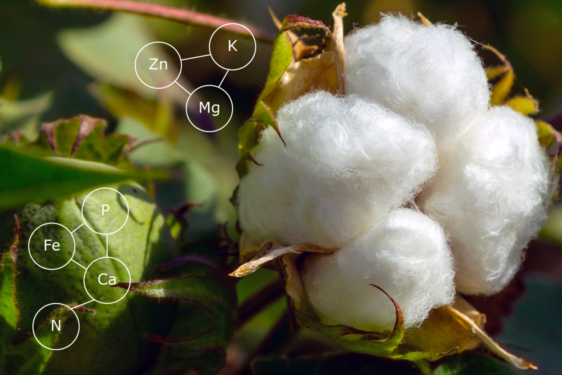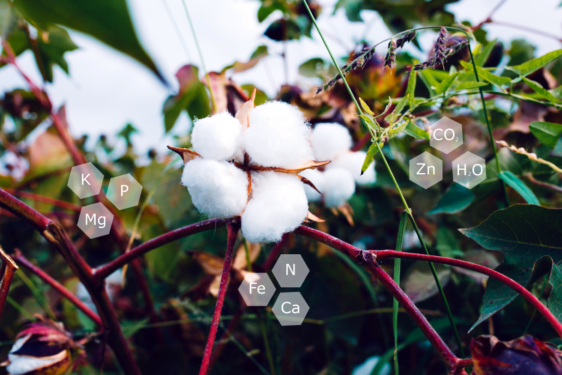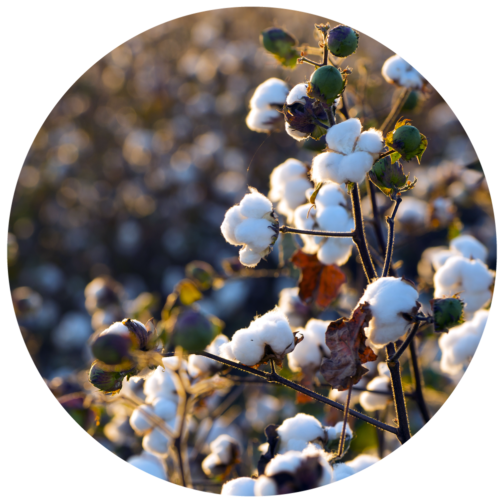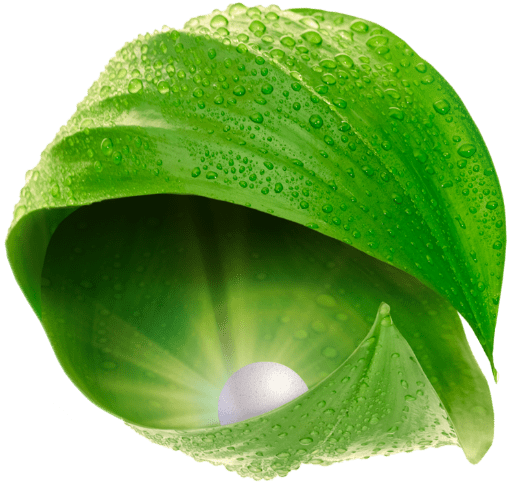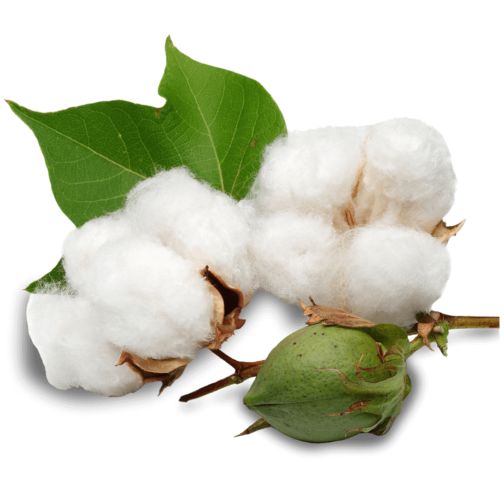
Cotton
Cotton (Gossypium hirsutum L.)
Cotton (Gossypium hirsutum L.) is an annual – industrial plant. It is the most important agro-industrial product of Greece and is considered the largest fibre crop in the world. In Greece, it is cultivated mainly in the regions of Thessaly, Macedonia and Thrace, covering an area of more than 3.000.000 stremma. It is harvested as a composite crop, consisting of seeds and fibres. These two ‘components’ of cotton are separated after harvesting. Cotton fibres are used for textiles, while the seeds, although a by-product of cotton, are a rich source of oil and are intended for use in animal feed.
It has been estimated that with the increased use of fertiliser and pesticide inputs, cotton yields have tripled in the last 50 years. Today, yields can reach up to 500 – 600 kg/stremma.
However, cotton is facing new challenges concerning its future sustainability. A key element for the most effective and sustainable management of its cultivation is its sustainable nutrition.
Adaptability
Cotton performs best in soils of medium texture, high fertility and good water retention. According to the literature, the most suitable soils for growing cotton are considered to be Sandy Loam (SL) to Clay Loam (CL). Regarding the chemical properties of the soil, the most appropriate pH for growing cotton is a pH range of 6 – 7,6. In cases of high pH, Phosphorus fixation can be observed, while at low pH, trace element toxicities can be observed. Cotton is a warm climate plant, with particular requirements for high temperatures during the growing and fruiting period.
Factors such as temperature and soil moisture have a considerable influence on the germination process. The minimum temperature for suitable germination is considered to be 13°C, while the optimum temperature for normal growth and high yields is 32°C - 34°C.
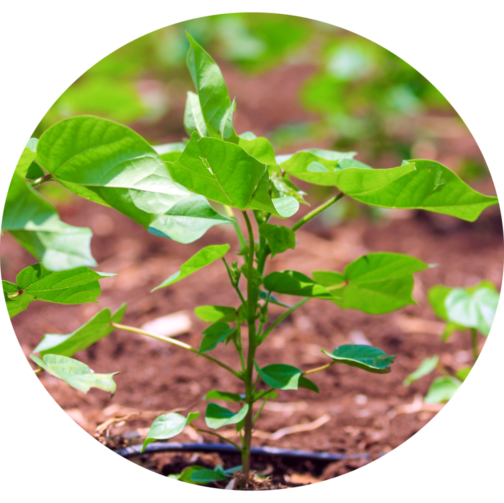
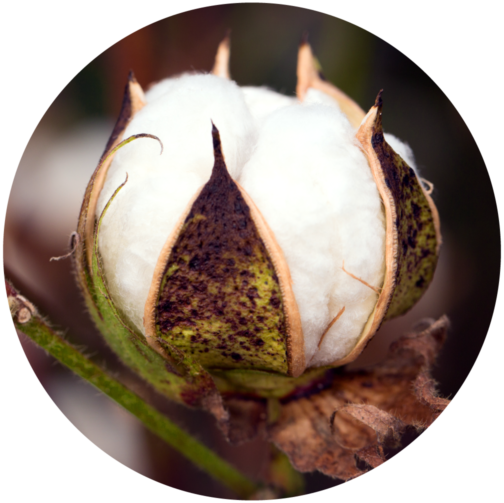
Particular characteristics
Cotton, developing a characteristic tap root system, has difficulties in assimilating nutrients, so careful planning of its fertilisation is necessary. After harvesting, part of the plant’s biomass is incorporated into the soil, covering a proportion of the nutrients removed. The aim of sustainable fertilisation is both to replenish the amount of nutrients removed and to limit the yield gap by using specialty fertiliser products.
With the rational use of the 3 main pillars – fertilisation practices, basic, surface and specialty foliar fertilisation applications, we can sustainably ensure both high yields and quality, as well as maximise its genetic potential.
In cotton, Nitrogen (N) is of high importance in the management of its nutrition, followed by Phosphorus (P2O5) and Potassium (K2O). Additional Nutrients such as Calcium (CaO), Boron (B), Zinc (Zn) and Sulphur (S) play an equally important role. Each of the above nutrients plays its role in the normal growth of cotton and is applied with specific practice and at specific stages.
Stages of cotton development:
- Sowing / Drilling.
- Sprouting
- Pre-flowering (appearance of the first bolls to the beginning of flowering).
- Flowering – fruiting (opening of the bolls – final size).
- Maturation
- Harvest

